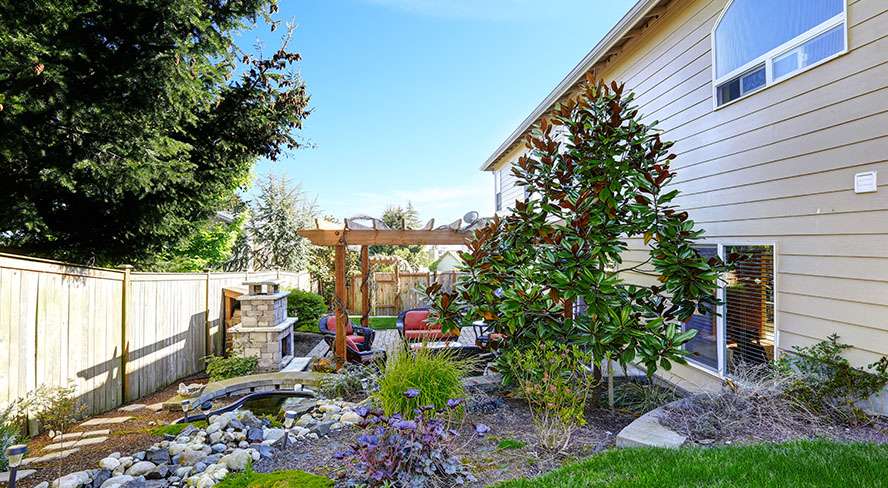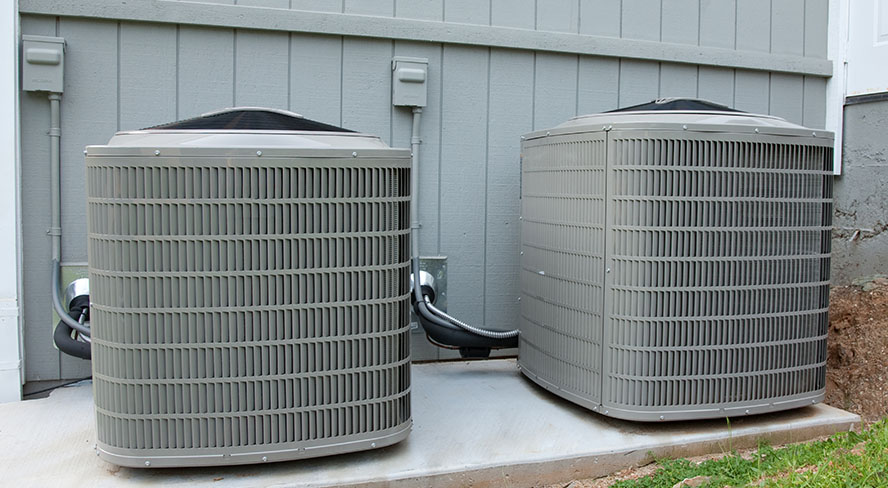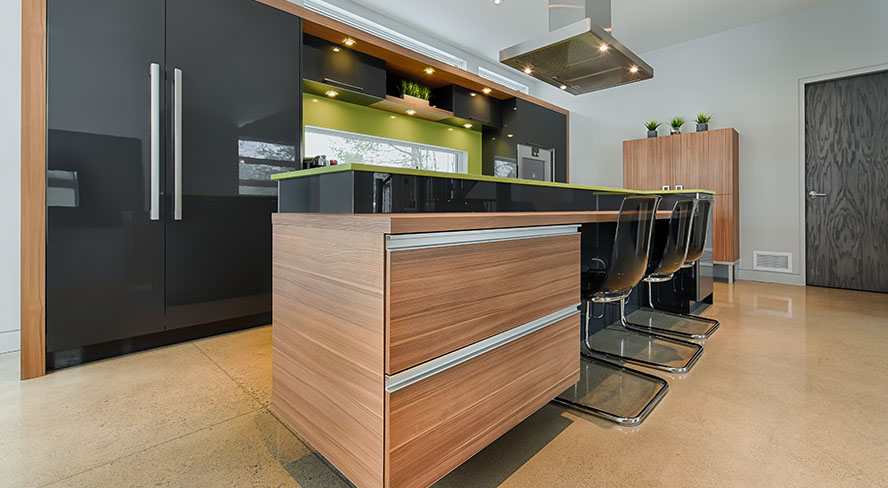Water softeners are excellent for making water soft but they also need to be maintained if you want them to keep working flawlessly. Below is everything you need to know about when and how much maintenance a water softener needs.
When Is Maintenance Due In A Water Softener?
When it comes to a water softener, the first thing that a lot of people ask is: When is the perfect time to maintain a water softener? Well, there is no certain answer to this, and you can only be the judge for your softener by checking it.
Usually, modern water softeners are very good and they don’t need to be maintained for a couple of years. However, some can also need maintenance annually or every six months.
All of this boils down to the fact that you’re maintaining the water softener correctly and that it doesn’t come across any problems whatsoever.
Another indicator can be the water quality itself. If the water is starting to produce scale and it’s not getting softened even after a regular cycle in the water softener, then something is wrong and you need to check things out before they go south. This is why keeping a close eye on the water softener is also key because that can tell you a lot about things.
How To Maintain A Water Softener?
Now that you know when to maintain a water softener, here is everything you need to know about how to maintain it.
Check The Salt Level
If you have a salt-based water softener, then you’re going to need to check the salt level in it from time to time.
Salt is the basic constituent that is used to soften water and it’s the swapping agent that removes hardness-causing ions and replaces them with salt ions, without affecting the chemical composition of water. However, the salt levels need to be checked if you want things to run smoothly.
Get A Prefilter
Sometimes the water going through the water softener isn’t just hard, it’s also dirty and it can have a lot of sediments in it. This is why you can’t just feed this water into a water softener and hope for the best. This is where a prefilter comes in. You will need to install one so that the dirty water can go through this first and then it can go into a water softener.
The sediments in water can choke the small and narrow openings and pipes of a water softener, which is why it’s recommended that you feed clean hard water into the softener to get it to work. This will make your water treatment Rohrersville system effective against many types of contaminants.
Get The Right Type Of Salt
There is not just one type of salt that you can use for your water softener. There are salt pellets, crushed salt, salt bars, and even treated salt that are used in water softeners.
If you want to go the extra mile and want to ensure the longevity of your water softener, then use a high-grade purified salt. It is going to be expensive, but it will last you a very long time and it will also ensure that your water softener doesn’t run into problems in the future.
Clean The Tank
The brine tank is the place in a water softener where water and salt are combined. Cleaning the brine tank annually is important so that salt doesn’t form clusters inside the tank and choke the softener.
This is important and you can even do it by yourself. You just need to power off the water softener and empty the tank. Then you can clean the walls and the bottom of the tank with a scrubbing brush and cold water mixed with detergent. Then, you can wash everything and assemble it back in place.
Check The Valves
The valves of a water softener are seldom used. They are only used when the water softener is being installed or if there is a problem. These valves, if left stationary for too long, can get rusted and then they can get blocked or broken.
So, every month or so, you want to simply twist the valves just to keep things going. The intake valve and bypass valves are some of the important ones that you need to look at. So, once that is done, it will keep all of the parts in working and excellent condition.
No Salt Bridges
Salt bridge is a thin cluster of salt crystals that can creep up the tank. This can happen if you’re not cleaning the tank properly or it can just occur on its own. However, you must remove the salt bridge from the tank, otherwise, it will prevent the incoming salt from dissolving in the water and the whole regeneration process of the resin will be compromised.
You can either scrape off the salt bridge with a hard brush or dump warm water in the tank and let it dissolve on its own.
Regular Troubleshooting
When you’re up against a faulty water softener and you need to know what things you have to maintain or look at, then troubleshooting it is the best. You will have to check certain switches, turn them on and off, check parts of the machine, and then figure out where the problem is.
This can also involve checking the valves and you’ll be able to narrow down the problem in no time. This is important because you want to understand where the problem is so that you can pinpoint the problem and then get it fixed by a professional.
Resin Replacement
Resin is the most important bit that aids in the ion exchange process. It is the bed where the water rests and the hardness-causing ions are removed and replaced with neutral ones. Usually, resin can last up to 15 years but that doesn’t mean that you don’t need to ever change it.
If you see that water is not softening correctly and it’s consuming salt but not getting the work done, then it needs to be replaced. It is usually done by a professional, so you’re going to need to call a water softener specialist.
If the water softener is not working, you will notice you’re using more detergent in your dishwasher and washing machine.
Call A Professional
If the problem is too out of hands for you or you’ve never maintained a water softener before then you need to call in a professional because now is not the time to start getting your hands dirty.
Maintaining a water softener isn’t complicated but you still need to know your way around a machine and if you don’t then it’s recommended that you go for a professional to get the maintenance done. It will be quicker, it will be easy and every single problem will be looked at, so it’s a win-win situation no matter how you look at it.
Conclusion
A water softener makes your life easier by reducing limescale on fixtures and appliances and also saving your hair and skin from the adverse effects of hard water. However, you need to maintain it to prolong the convenience. If your water softener is older than 15 years, you should replace the water softener. New water softener installation Smithsburg will ensure an efficient water-softening process.







